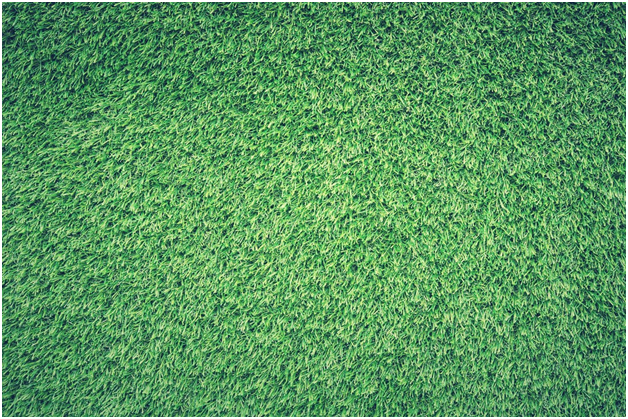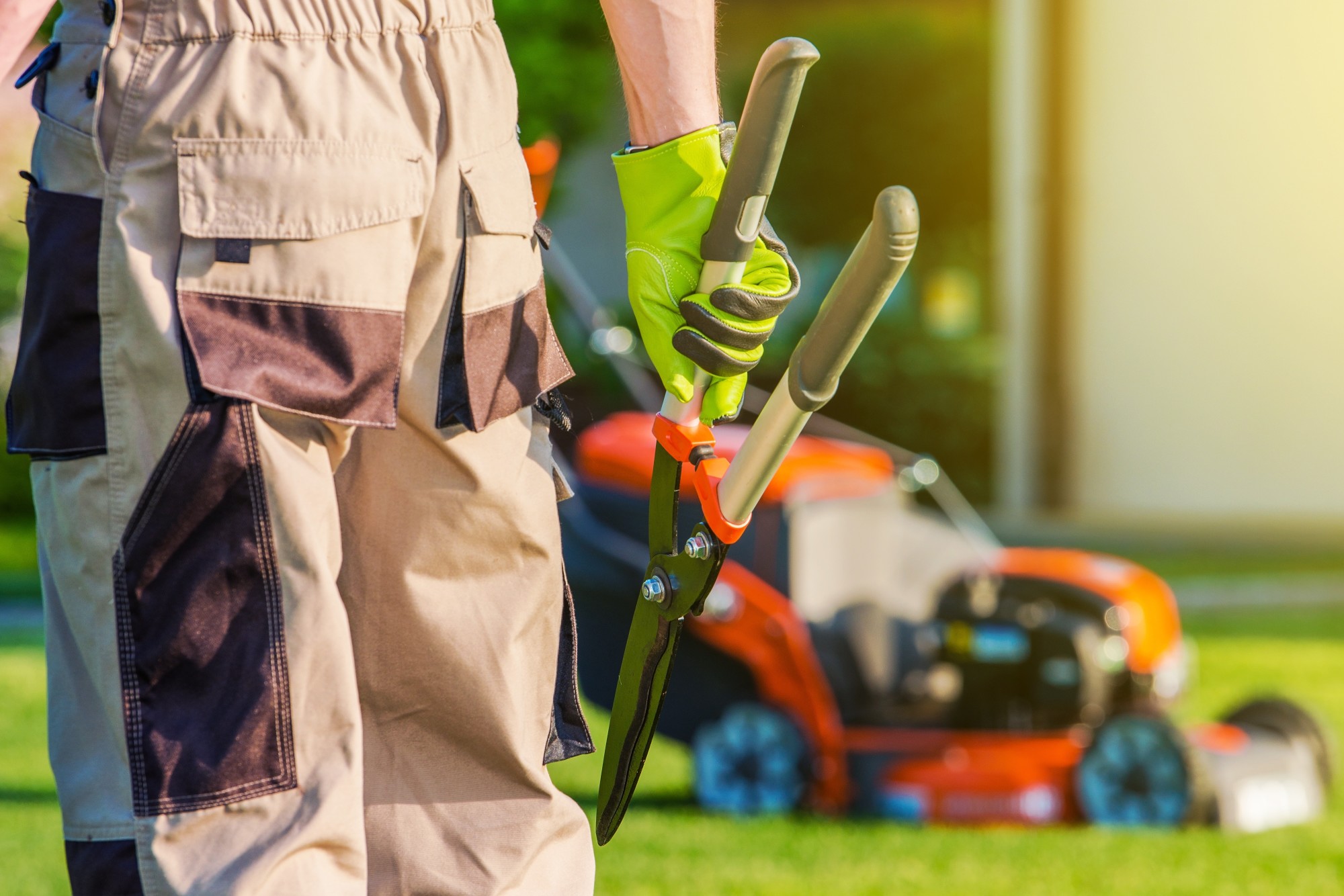If you want to have a lush, gorgeous lawn, then you need to care for it throughout the year. Every season comes with new challenges in maintaining healthy grass, so you have to be ready to face each and every one of them. Here are some of the most important things you should consider when caring for your slice of green heaven:
Spring
This is the busiest time of the year when it comes to caring for your lawn. After bearing through a cold winter, your lawn is in great need of thorough maintenance. Here are the main things you have to address:
Mowing – It is a little obvious, but you have to do this on a regular basis. Use a rake to clean your lawn and then use a mower to trim it down to the best size. If it’s sunny and warm outside, you can leave the grass longer to protect the soil and the roots from the heat. If it’s colder, you can trim it down more.
Spring Feeding – The freezing winter temperatures deplete the soil from essential nutrients like phosphorous, nitrogen, iron, and potassium, which means that you have to apply fertilizer. Slow-release or organic fertilizers are the best choices because these will not burn your lawn.
Weeding – Spring is a prolific time for your lawn, but also for the weeds growing on it. This is why you should apply a pre-emergent herbicide in early spring because it will prevent the weeds from clogging up your lawn. Remember that this method is best applied to already established grass and that if applied to seeded grass, it can negatively affect the growth of the same. Afterward, in late spring, you can use a post-emergent herbicide, which will help you steer clear of the summer weeds.
Pest Control – Using a pesticide on your lawn is essential in spring because it is one of the most active times for insects. Always follow the instructions on the labels placed on pesticides and insecticides and wear protective equipment while you do this.
Summer
During summer, you have to keep up the regular care routine for your lawn. This means cleaning, mowing, and weeding, and due to the scorching temperatures, you also have to water your lawn. Keep in mind that the best time to do this is early in the morning, between 6 and 10 am or late in the afternoon when the sun is no longer as intense. When it comes to watering, timing is crucial, because most of the water evaporates during the hot noon hours and the soil will not be hydrated anymore.
Fall
Spring might be the most important time to fertilize your lawn, but you have to repeat this in the fall also to ensure that it is ready for another freezing winter. A crucial area that you need to be mindful of is keeping the grass clean of any debris, such as branches and, of course, falling leaves. When they gather up, they get heavier because of the dirt and grime from the environmental effects and they put pressure on your lawn. Raking should be part of your routine when it comes to this period of the year. Late summer or early fall is also a good time for planting new grass because the temperatures are cooling down, so keep that in mind as well.
Winter
Even though the temperatures are down and your grass is covered with snow, it doesn’t mean that your lawn doesn’t need caring for, even now. It is very important that you keep a schedule for a winter yard cleanup to remove the branches, dead leaves, twigs, and debris from the wind, rain, and snow.
And don’t forget, you still have to mow your lawn, even during this period. You don’t have to do it as frequently as during the warmer seasons, but don’t overlook this because tall grass is extremely appealing to a wide range of pests, from insects to mice, gophers, moles, and raccoons.
During warmer winters with little or no snow and milder temperatures, you might be tempted to plant some grass seeds. Keep in mind that this is an unpredictable season and the cold can strike again at any time and it will ruin your efforts. The colder temperatures can make the grass seeds more dormant, so while the cooler temperatures might make planting more appealing, it generally isn’t ideal for growth.
As you can see, caring for your lawn requires planning and following a maintenance schedule. You need to stick to these routines and if you happen to have children, use this opportunity to share these activities with them, teaching them about all the techniques required. If you keep it up, we guarantee that your lawn will be flawless every single day of the year!










